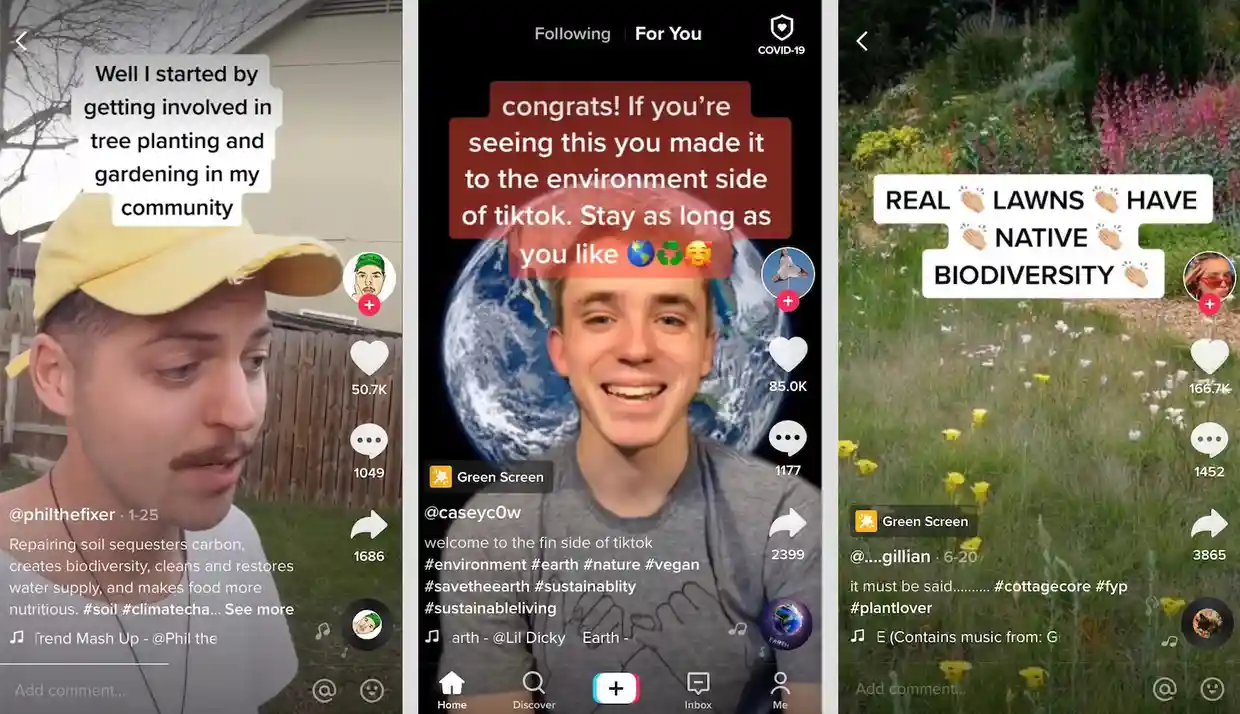


Storytelling is no longer linear nor following established structures
Storytelling is no longer linear nor contained. Instead, to survive the modern attention economy, storytelling on social is mutating. Once a formulaic art – beginning, middle, end – stories are no longer progressing through a full narrative arc, nor do they play out start-to-finish in one place. Instead, they’re collapsing and starting mid-narrative, or expanding and becoming scattered across platforms.
In summer 2022, the internet united to puzzle over Dimes Square. The small Manhattan square – referred to as ‘the first meme neighbourhood’ – has been an object of hype and fascination since the pandemic, but reached mainstream fanfare this summer: media articles abounded, TV execs planned a reality series, meme accounts like Nolita Dirtbag drummed up nearly 60,000 followers.
One problem: according to conventions of good storytelling, Dimes Square’s content shouldn’t be viral. Far from guiding viewers through, it's impossible to understand, caked in backstory, slang, and references. But across the internet, from celebrity drama to sports fandom, Dimes represents a wider evolution in how storytelling is adapting for the modern attention economy.
We’re seeing story arcs collapsing in the way that today’s meme-makers, screenwriters, and advertisers have given up on starting from the beginning, and instead pick up on existing cultural scripts to start mid-narrative. Think of North West wearing Kanye’s notorious jacket, her own celebrity story using her father’s as a prelude.
And we see them expanding and scattering in the way that fandoms, content creators, and brands guide people through the internet: with narratives, themes, and characters made into digital breadcrumb trails, leading people from one platform to the next.
All this ladders up to a space in which people no longer want to be passively fed complete narratives.
Instead, there’s growing satisfaction with stories that require users to puzzle together meaning – through niche or subcultural knowledge, through fandom-based familiarity, or through presence in ‘historical’ internet moments that precede a piece of modern content.

As content comes to depend less and less on context, users who are already clued up on assorted stories and subcultures have a natural advantage. With algorithms shifting the focus to shared interests, fandoms are becoming de facto tour guides, shepherding people along and across platforms.

The success of TikTok’s algorithm – serving people content purely based on their interests, rather than their social connections – has inspired a seismic shift on platforms. Our online experience is guided less by peer-based recommendations, leaving us freer to move across platforms, beyond those populated by family and friends.
It’s become common practice to move fluidly between platforms, with our experience of content developing across these spaces – like when trending TikTok soundbites live in our head rent free, and lead us to dedicated Spotify playlists where we then come to know the song (and artist) in depth.
E.g. Spotify’s TikTok sounds playlist bridges the gap between platforms, and has over 1.2 million likes
Stories aren’t starting from scratch; they’re beginning in the middle of the narrative. We see this through the boom of Nepo Babies, who recycle and build off their parents’ old narratives instead of starting anew, and through franchise mania, with sequels and reboots taking up a bigger slice of the pie of top-grossing culture – despite an influx of new creators.
E.g. 9 out of 10 best
selling video game titles in July 2022 were from franchises
E.g. The mythology of North West borrows cues and context from her father
Kanye's story, most obviously
her status as a Nepo Baby

Decoding viral culture has become a Gen Z pastime. We see this in the boom of ‘TikTok explainer’ videos and long-form Tweets flanking pop cultural moments.
E.g. The ‘SpitGate’ fiasco – where Harry Styles allegedly spat on a costar at a Venice Film Festival premiere of Don't Worry Darling – spawned entire content streams dedicated to unpacking the event, or even explaining it through football metaphors.

People no longer want to be passively fed simple, complete narratives by brands. Instead, there’s growing satisfaction with brands that require users to puzzle together meaning – through niche or subcultural knowledge, fandom-based familiarity, or nostalgic knowledge of the past.
Brands can weave together different genres and fandoms for greater effect. When NFL team Los Angeles Chargers released their season schedule, they didn’t stick within sports culture, instead releasing an anime-themed announcement. The video expertly weaves in narratives from popular anime series and features a tonne of subtle easter eggs for in-the-know NFL fans, allowing them to decode subtle jabs at opposing teams.

Brands can use collapsing narratives to weave together the real and the virtual. In Pringles' recent activation, people could 'win a job' as a non-playable character - a 'vending machine filler' - inside Train Sim World 2. Fans were invited to post a selfie explaining why they'd be the ideal candidate. In doing so, Pringles let people piece together their own narrative for their vending machine character, all while blurring the lines between platforms (on Instagram vs. within Train Sim World 2) as well as realities.